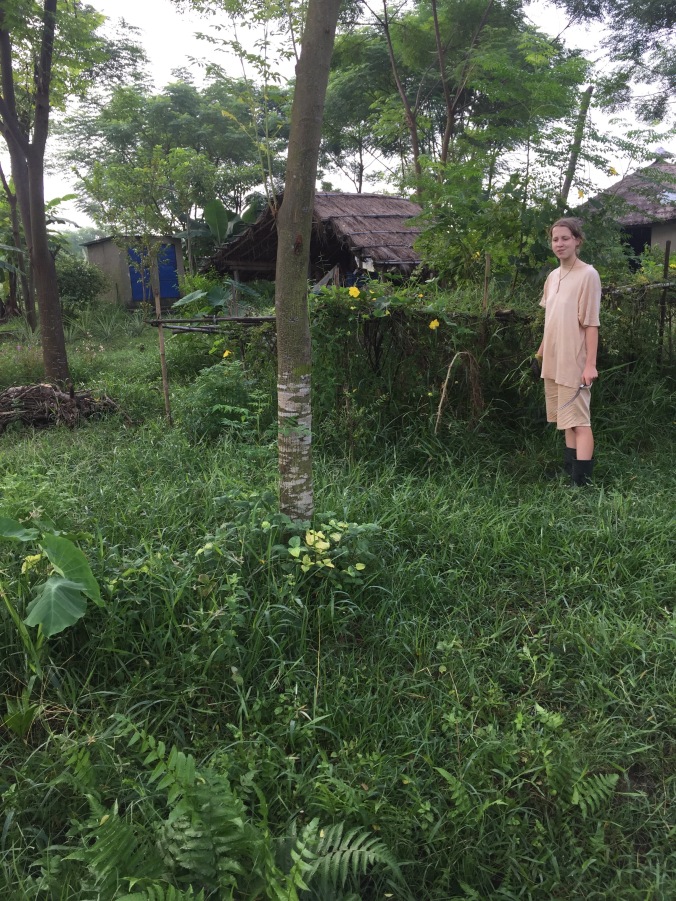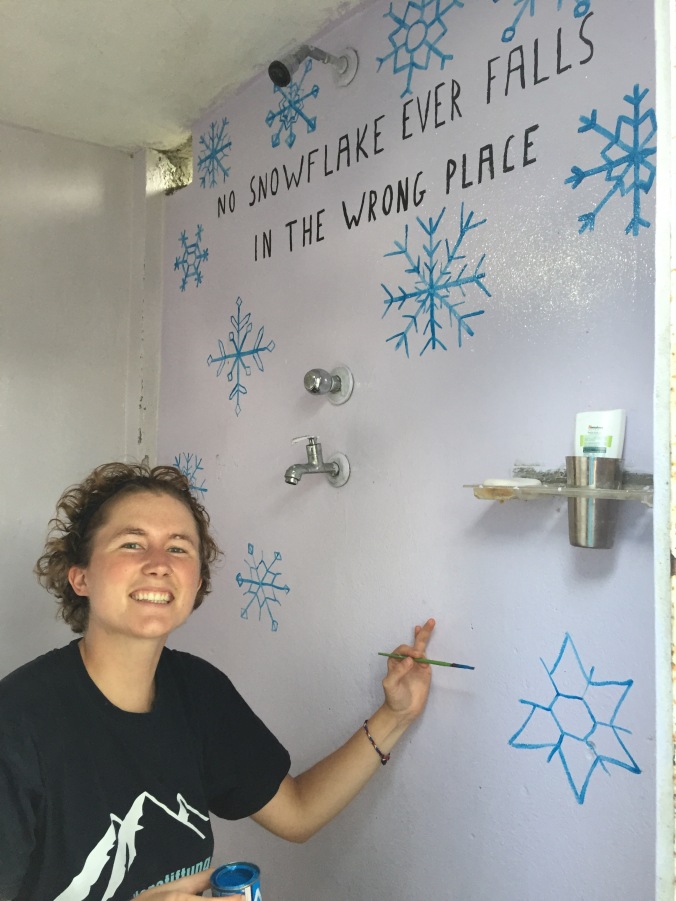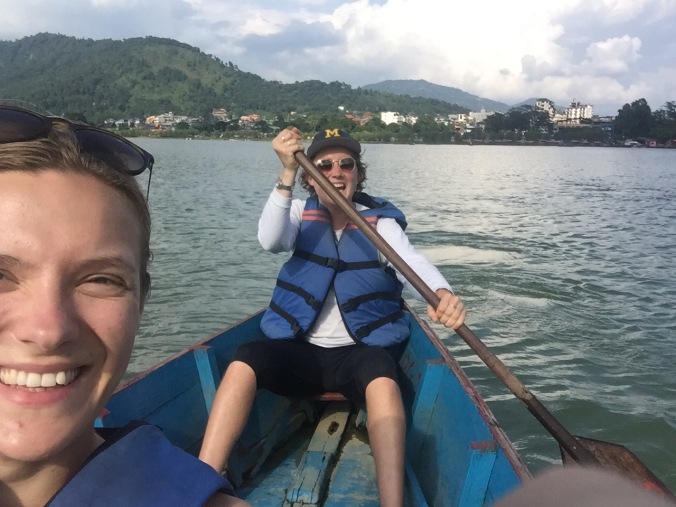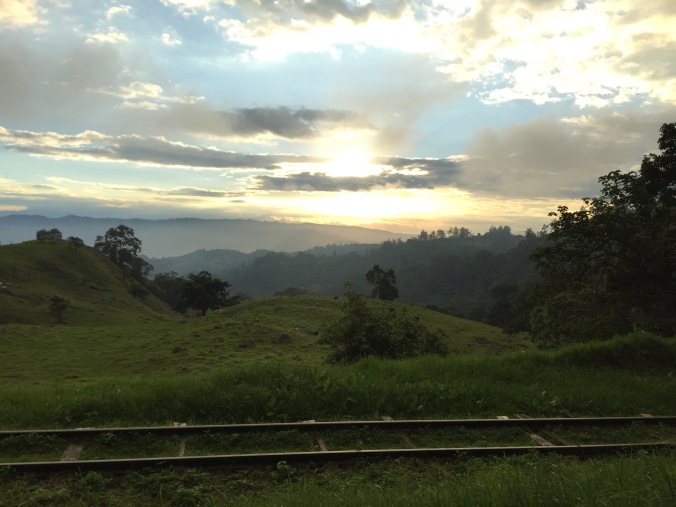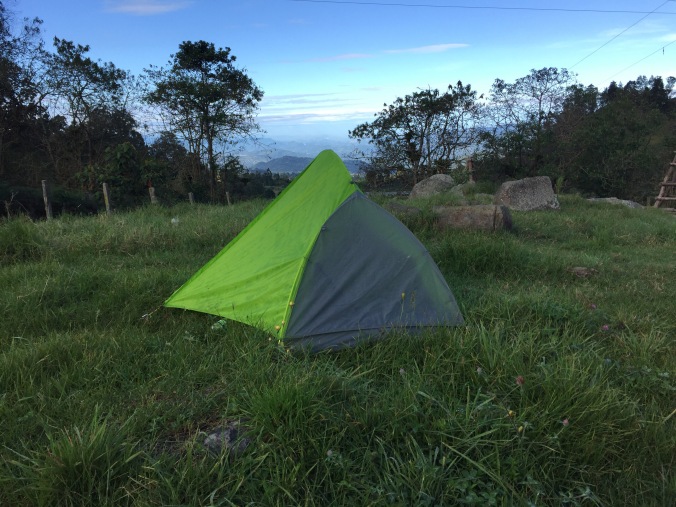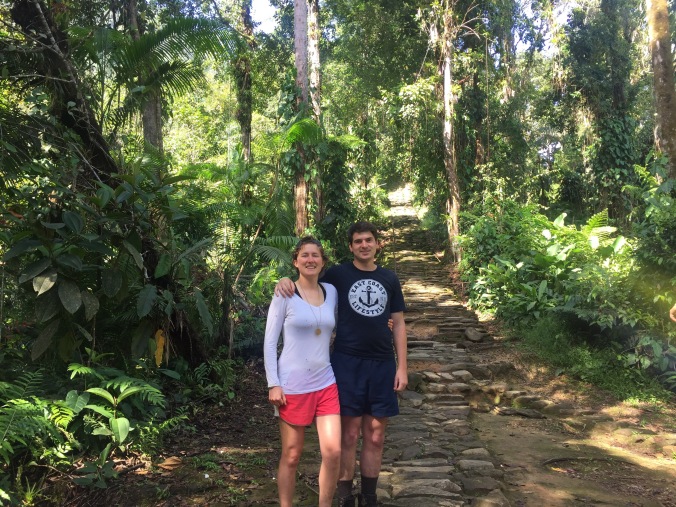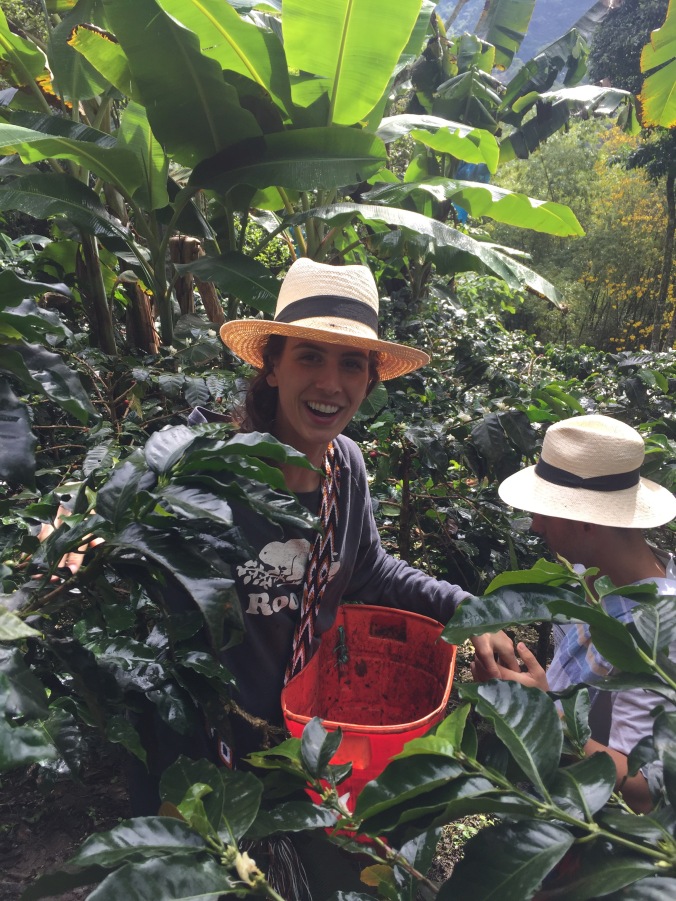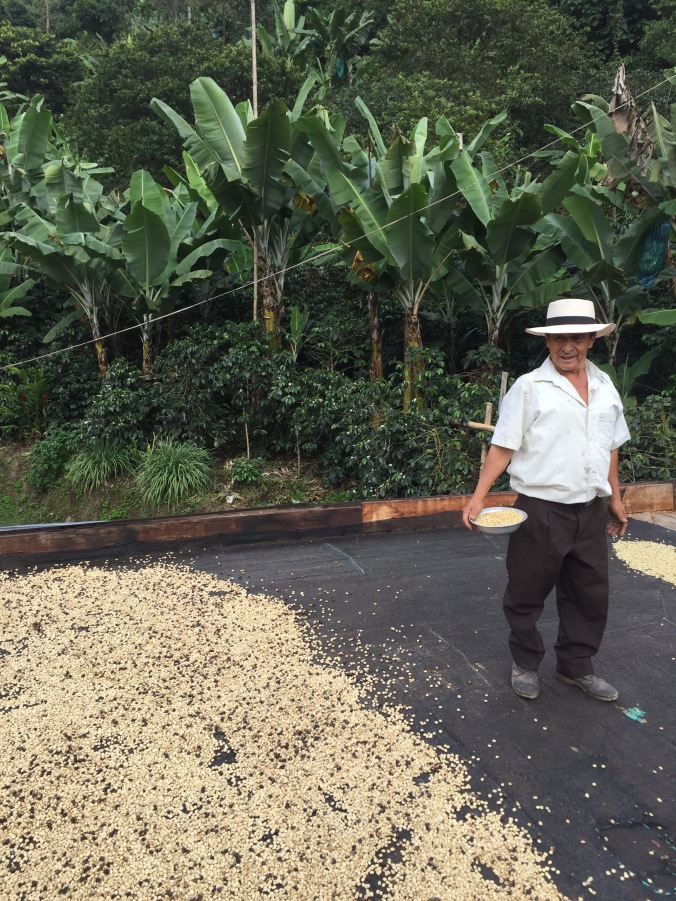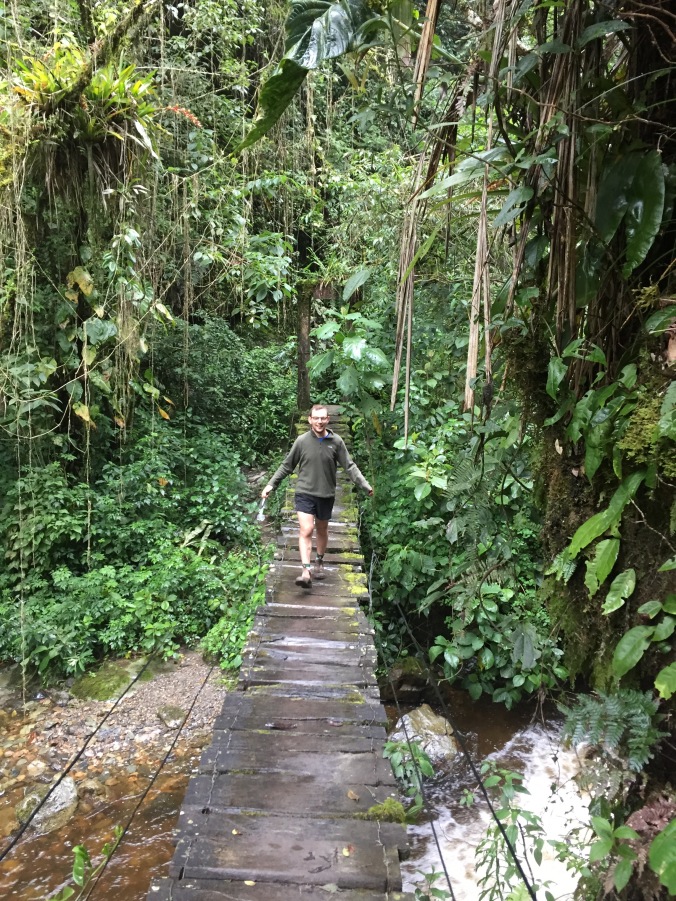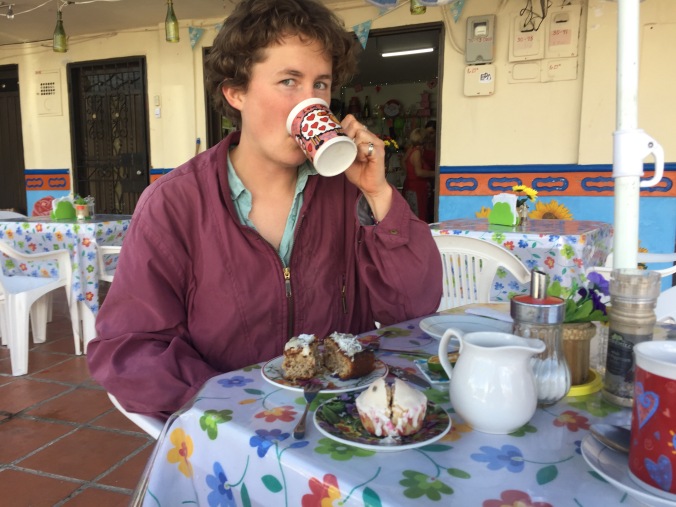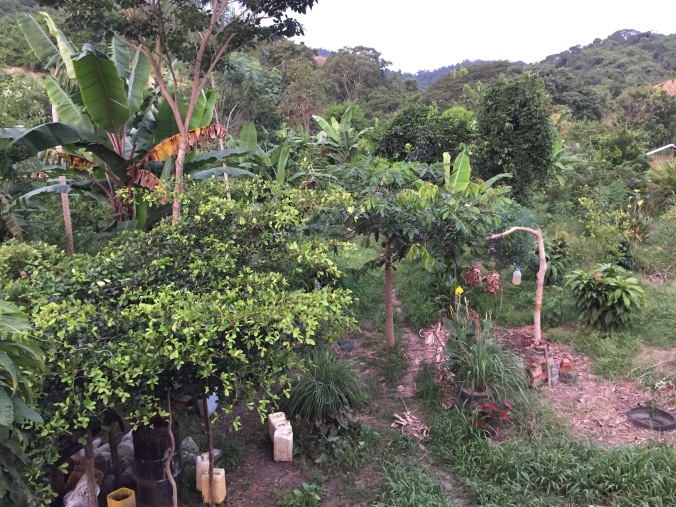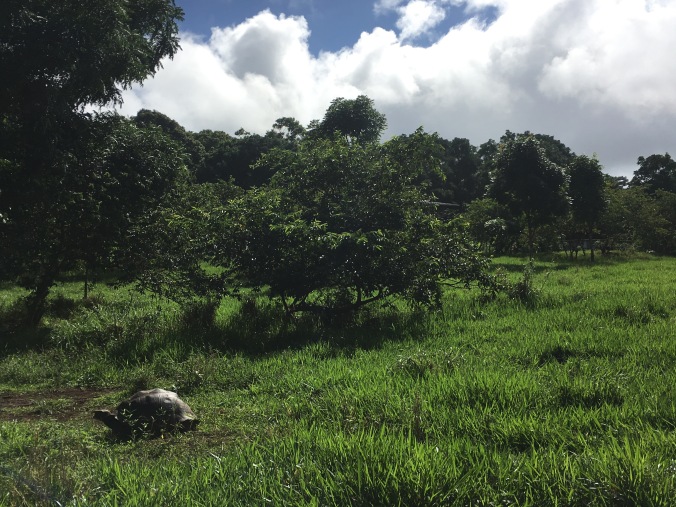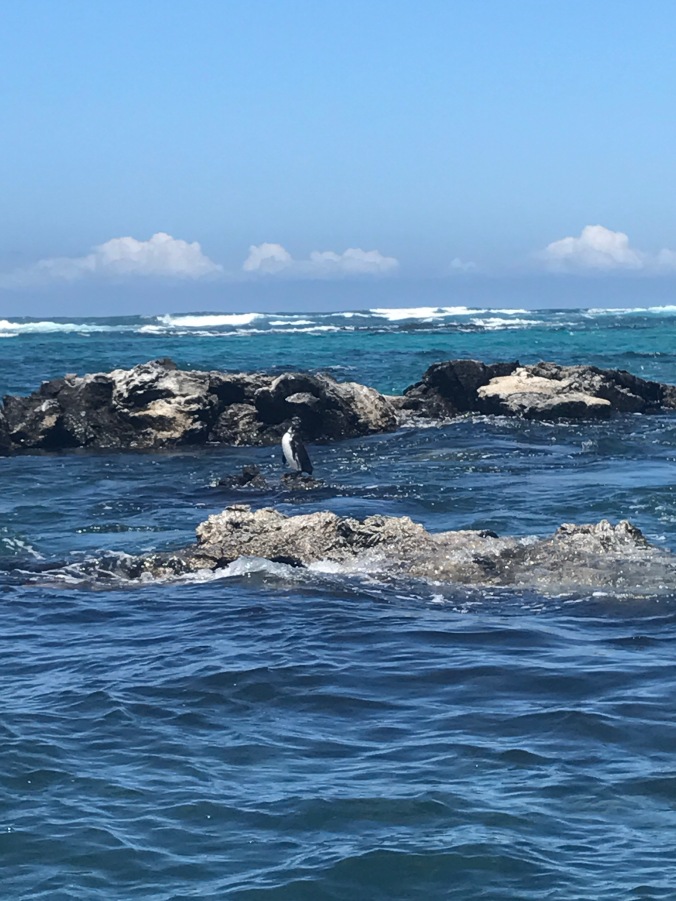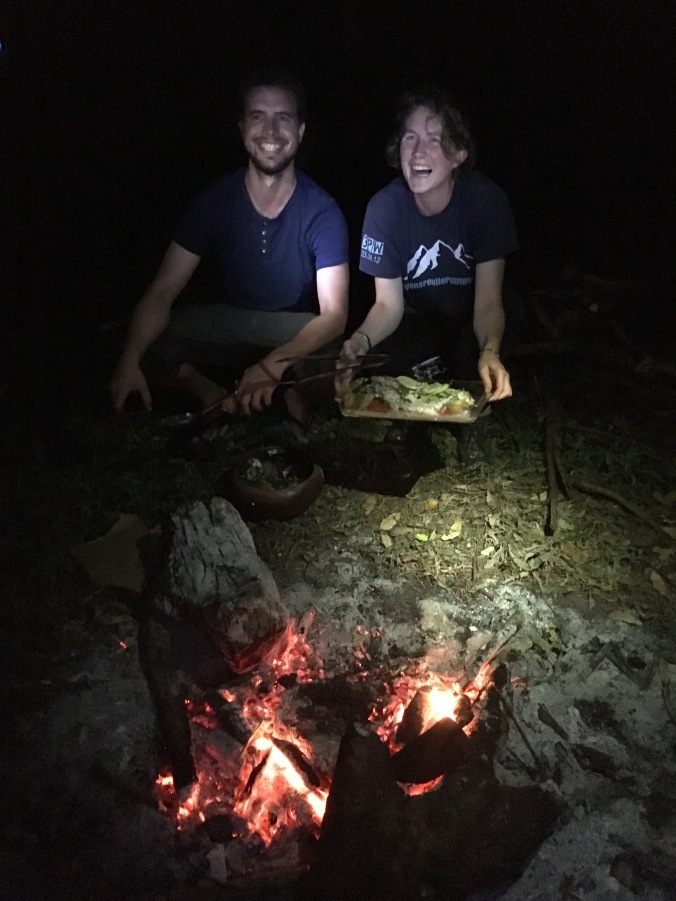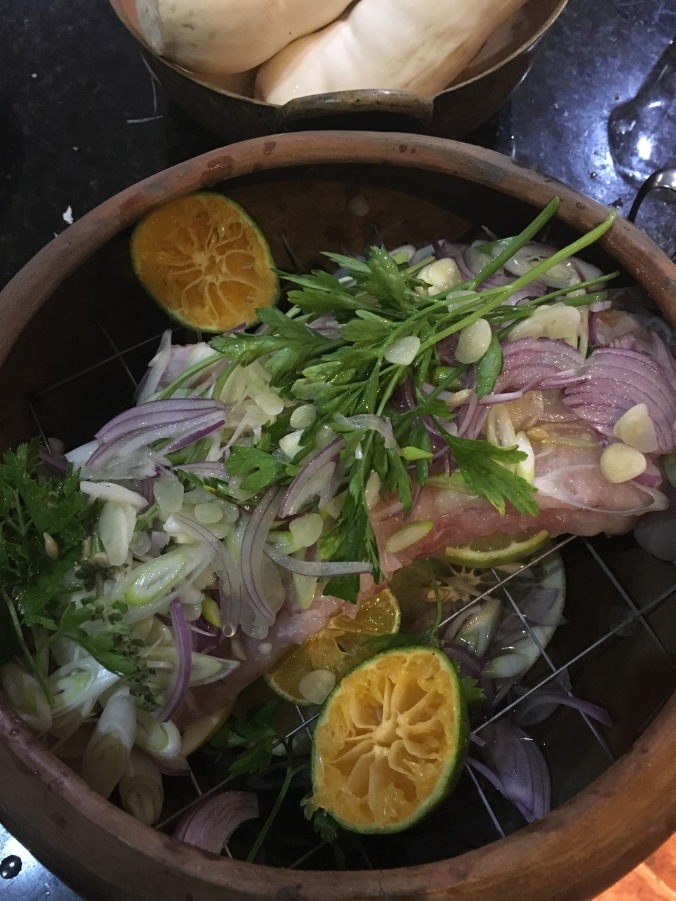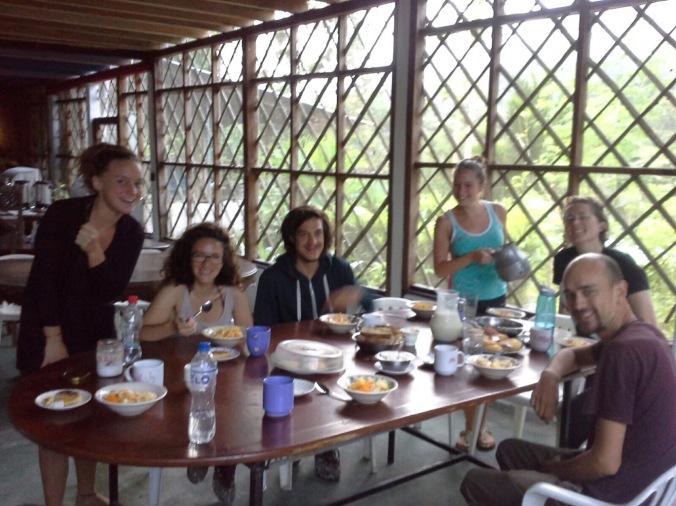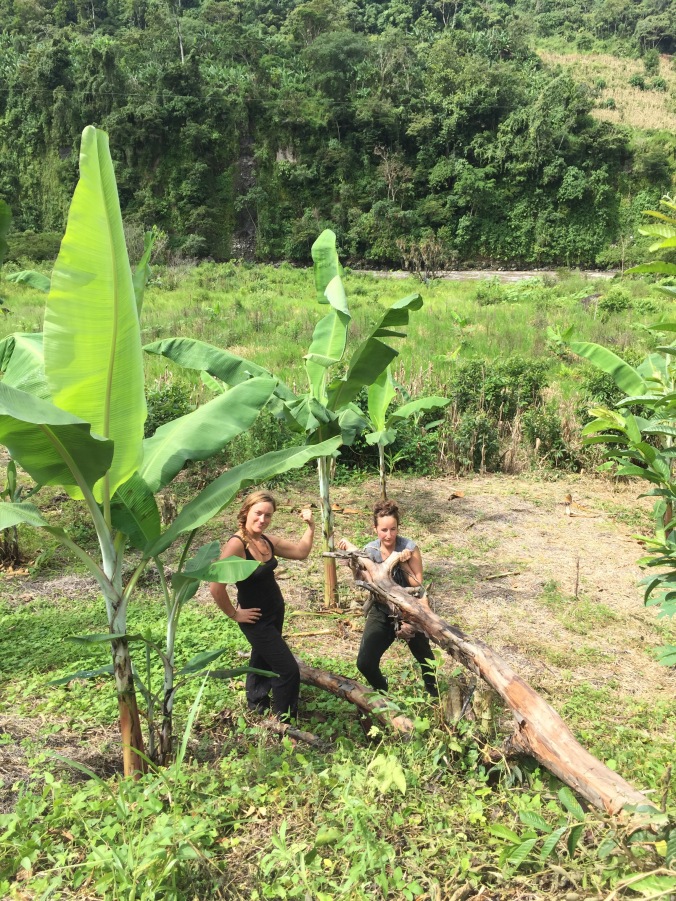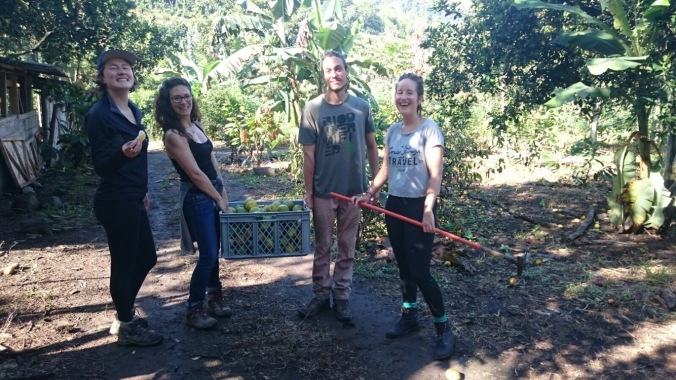India India India. Everybody seems to have a lot of opinions about India because it is such a land of extremes. I made my efforts to investigate the political situation here by reading Arundhati Roy’s Broken Republic – three essays on corruption, communism, environmentalism, and the overwhelming battles the people fight here every day for the most basic of human dignities. Beautifully written and clarifying but it just didn’t pique my interest in the way it could have because I haven’t come to India to understand it or its politics. I have come for the far more cliched reason to understand myself. Or rather, understand who I am not. All those who thought I was Emma Schlee – guess what – I’m not! I’m you! And that tree! And Donald Trump!
I’m kind of joking and kind of serious. Maybe it’s a phase…maybe it’s reality… Either way, doesn’t matter. Life goes on merrily.

As a result of my indifference to exploring the ins and outs of the country I spent the first three and a half weeks here in the same place: Rishikesh. This is a delightful town on the banks of the Ganges stuffed to the gills with ashrams and chanting, bead-counting, orange robed yogis. There were hundreds of yoga and meditation schools and bookshops full of spiritual reading and Indians and westerners all desperately pursuing their own spiritual quests. But the surroundings were of secondary importance because what really mattered was being back with beloved Iola, my dear friend who moved to Melbourne and whom I haven’t seen in almost two years. We proceeded to utterly disrupt the peace of the area with a constant stream of talk talk talk laugh laugh laugh. We must have set a good number of people about four months behind on their spiritual path, filling their heads with our inane drivel. The joy of each other’s company was boundless.

Once she left to run an ultra marathon in some far flung part of India I learned more about Advaita Vedanta at a retreat at a very tranquil and civilised ashram. Advaita is a school of Hindu philosophy that concerns itself with self-realisation through understanding the non-dual nature of the universe. I also did a workshop in Tantra, which, contrary to popular belief, is not all about sex, rather balancing male and female energies. We did a lot of staring into strangers’ eyes. It was quite intense.
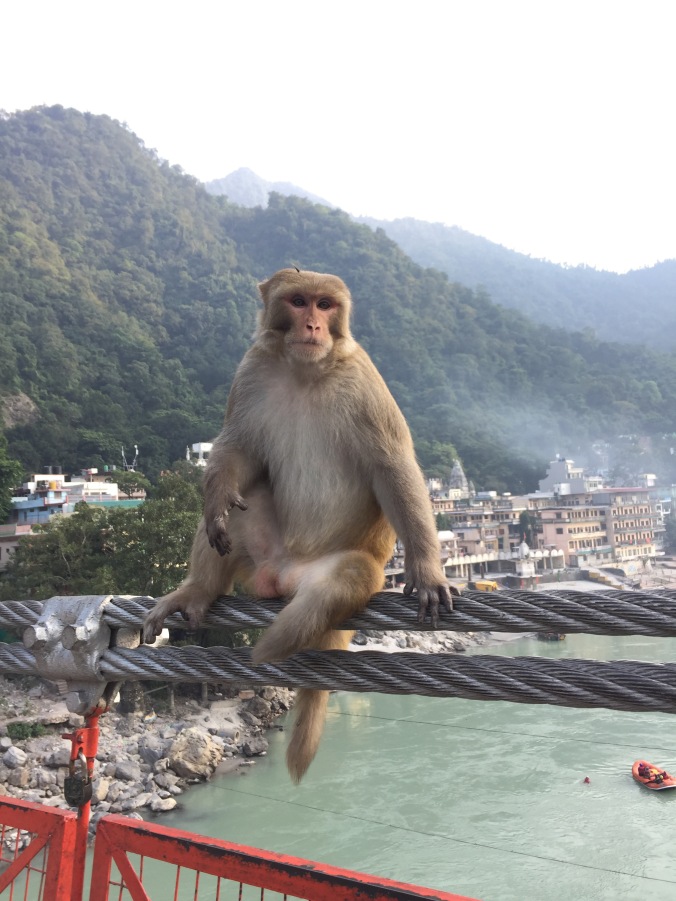
Eventually I had to tear myself away from the harmony of life in Rishikesh to attend the Vipassana meditation course I was booked into. I had heard about Vipassana from a traveller three years ago in New Zealand who raved about it and said it was life changing, and since then everyone I’ve talked to who’s done it has spoken of it in similarly superlative terms. Previously I was a regular meditator but not very disciplined and never really felt like I was getting much out of it except a worrying insight into the boring churning of an average mind. But I believed based on the testimonies of so many others that meditation could become a tool to master the mind and so I wanted to give it a proper shot.
I defy anyone to come up with a more intensive programme than this one. This was our daily routine:
4am: wake up bell
4.30-6.30am: meditation
6.30-7: breakfast
7-8: rest
8-11: meditation
11-11.30: lunch
11.30-1: rest
2-5: meditation
5-6: dinner
6-7: meditation
7-830: theory and explanation of the practice
8.30-9: meditation
Over ten hours a day of meditation. The majority was in the group hall but to spice things up a bit sometimes we got to go to our cell.
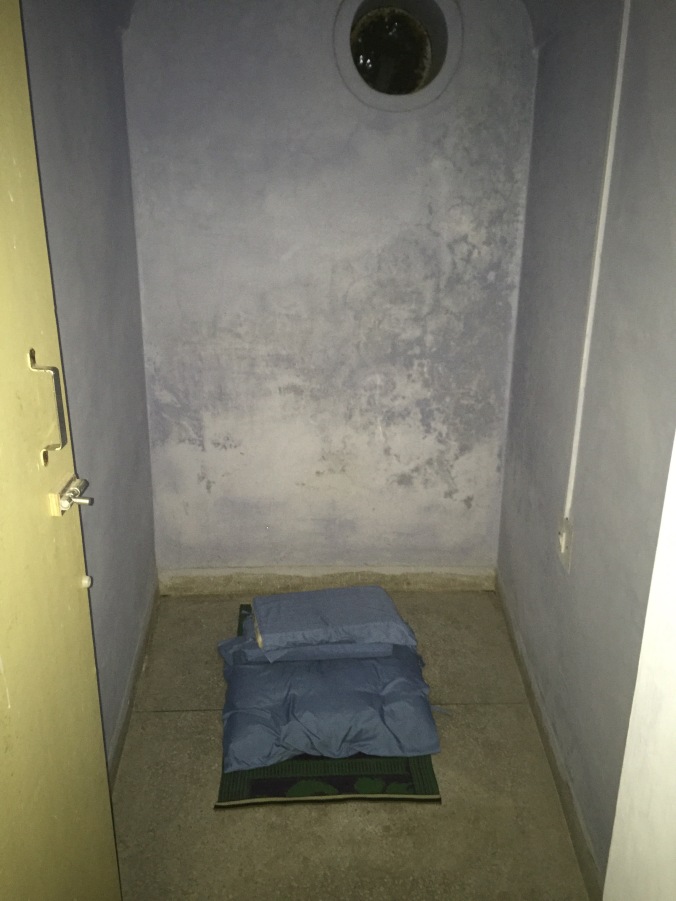

The entire first day we watched our breathing. The entire second day we felt our breath in our nose. The entire third day we felt sensations on our upper lip. The rest of the time we observed sensations in the whole body and tried to keep equanimous. Through the bitterest of knee pains, you just watch objectively, knowing it won’t last forever. This too shall pass. Sitting still for each hour at a time was at first utterly torturous and by the end somehow easy.
The experience was brutal. Definitely the hardest thing I’ve ever done. So much self control needed to not jump up out of my position and run for the hills. Although it wouldn’t have been a jump up, it would have been a creaky old woman ascent because my legs were in no fit state to be making fast movements after being beaten into passive submission by my mind.
You don’t speak at all during the course, nor look anyone else in the eye. This is to keep you looking inwards and not be distracted by others “progress”. Why is she getting pleasant sensations and I’m stuck with stabbing pains?! Etc. Doesn’t help with maintaining equanimity. And the progress isn’t measured by what sensations you feel, rather by how equanimously you react. I often felt smug when others would change position while I was still statue-esque and feeling warm tingles so I didn’t do that well at the non-comparison thing. Telling others in my head I was a better meditator than them is absolutely verboten, so unfortunately I’d go back to the bottom of the class after that initial smugness.
I couldn’t really tell as the days went on if anything had changed, if I was getting any benefits. Everything looked and felt the same and the voice in my head was as incessant as ever. Sometimes a smile would pour out uncontrollably and I was undoubtedly very peaceful but it’s not hard to be peaceful when you’re isolated in the hills, away from the phone and real life.
It was only once I’d left the course that I started to truly feel the difference. Right now it feels that if someone were to rob me of all of my possessions and money, leaving me destitute in the middle of nowhere with not a friend in sight, it wouldn’t matter. I would be safe and happy regardless. And the famous love and compassion for all living beings sometimes makes an appearance in my heart, before retreating again under my pile of me-ness.
The pile of me-ness is very much in full force, I ain’t going anywhere soon! But I do feel very free and it feels gooooooood.


